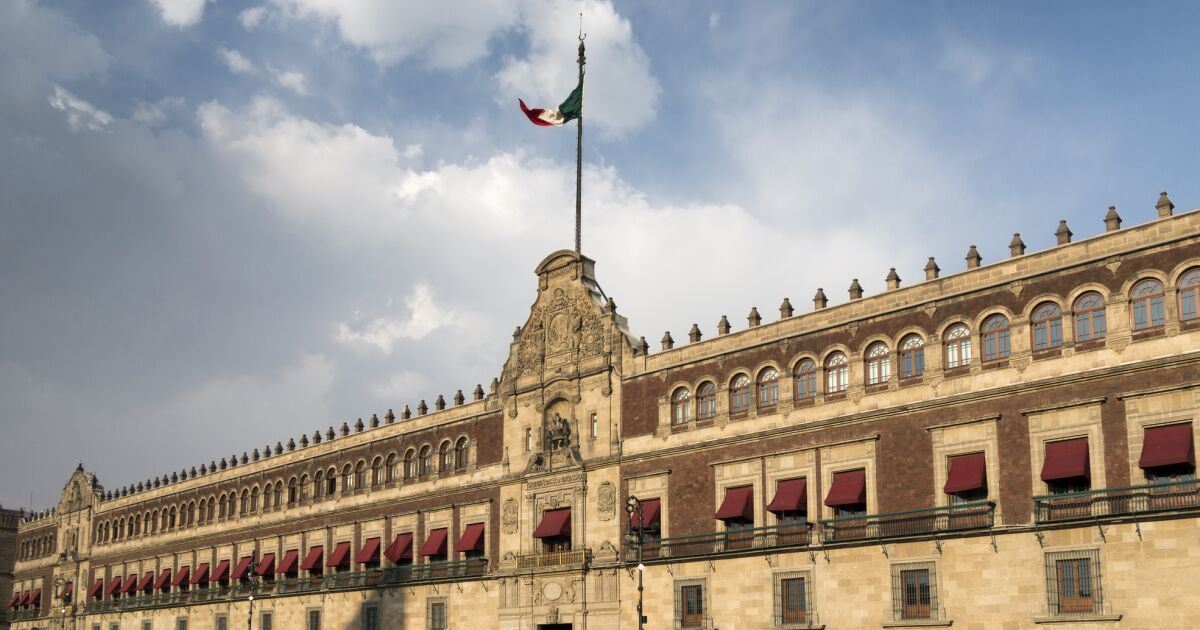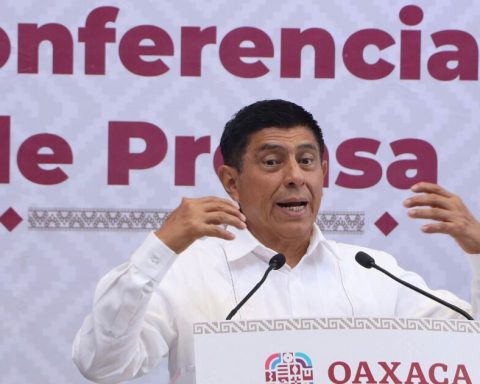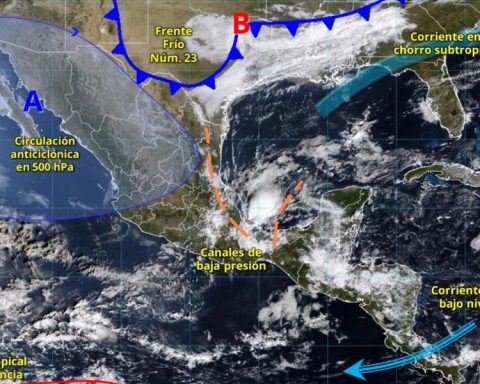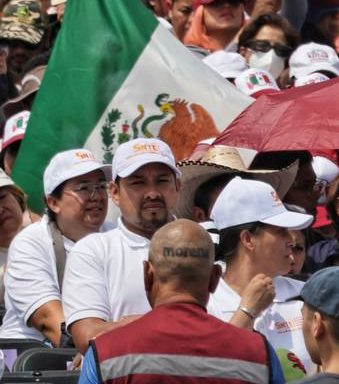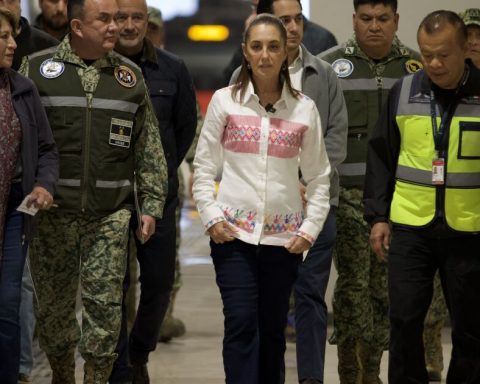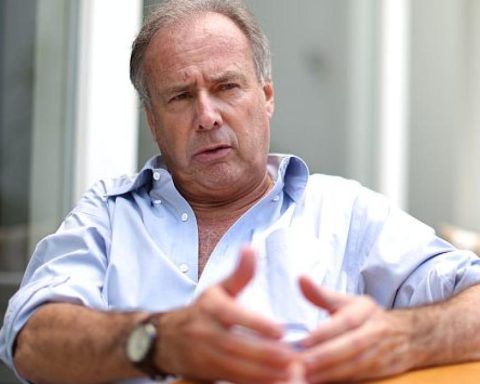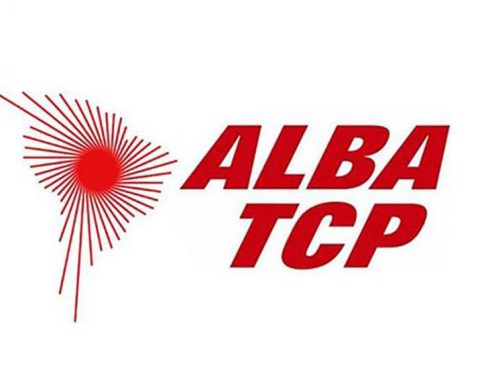The General Precriteria for Economic Policy 2023, delivered this Friday afternoon to the Congress of the Union, detail that the projections for the price of the Mexican oil mixture, which are used for the design of the public budget, went from 55.1 to 92.9 average dollars per barrel for this year.
According to the head of the agency, Rogelio Ramírez de la O, a higher price of crude oil will help generate more resources for Pemex, which will help to correct the income that is being lost due to subsidies on gasoline and diesel.
The document that marks the beginning of the negotiations between the Executive and Legislative for the design of the 2023 economic package, detailed that by the end of this year the Treasury expects the oil production platform to reach 1,820 million barrels per day, when at the end of the Last year it estimated 1,826 million barrels per day.
Regarding the export platform, it expects 879,000 barrels per day, when it expected 979,000 barrels per day.
For annual inflation, it is expected to end at 5.5%, from a previously projected 3.4%, which would lead to an interest rate at the end of the year of 7.8%, when it was projected at 5.3%.
Prior to the presentation of the pre-criteria, Gabriel Yorio, Undersecretary of the Treasury, explained to Reuters that the excess income that Mexico, an oil producer and exporter, will generate due to the increase in crude oil prices will be used to pay a subsidy that keeps prices low. gasoline prices in the country.
He explained that without the subsidy, annual inflation, which already exceeded 7.29% in the first half of March, would rise two percentage points to exceed 9% in four months.
Forecasts for 2023
For the following year, the Treasury forecasts a GDP growth of 3.5% by 2023. For the price of the Mexican oil mix, it forecasts an average price of 61.1 per barrel.
For the oil platform, 1,851 million barrels per day, and for the export platform, 764,000 barrels per day.
Annual inflation is estimated at 3.3%, and the Bank of Mexico’s interest rate at 8.0%.
